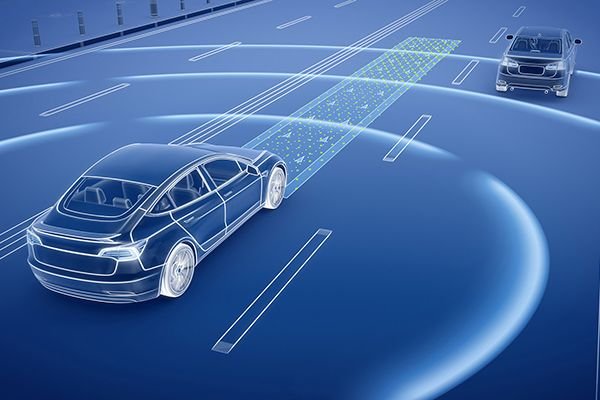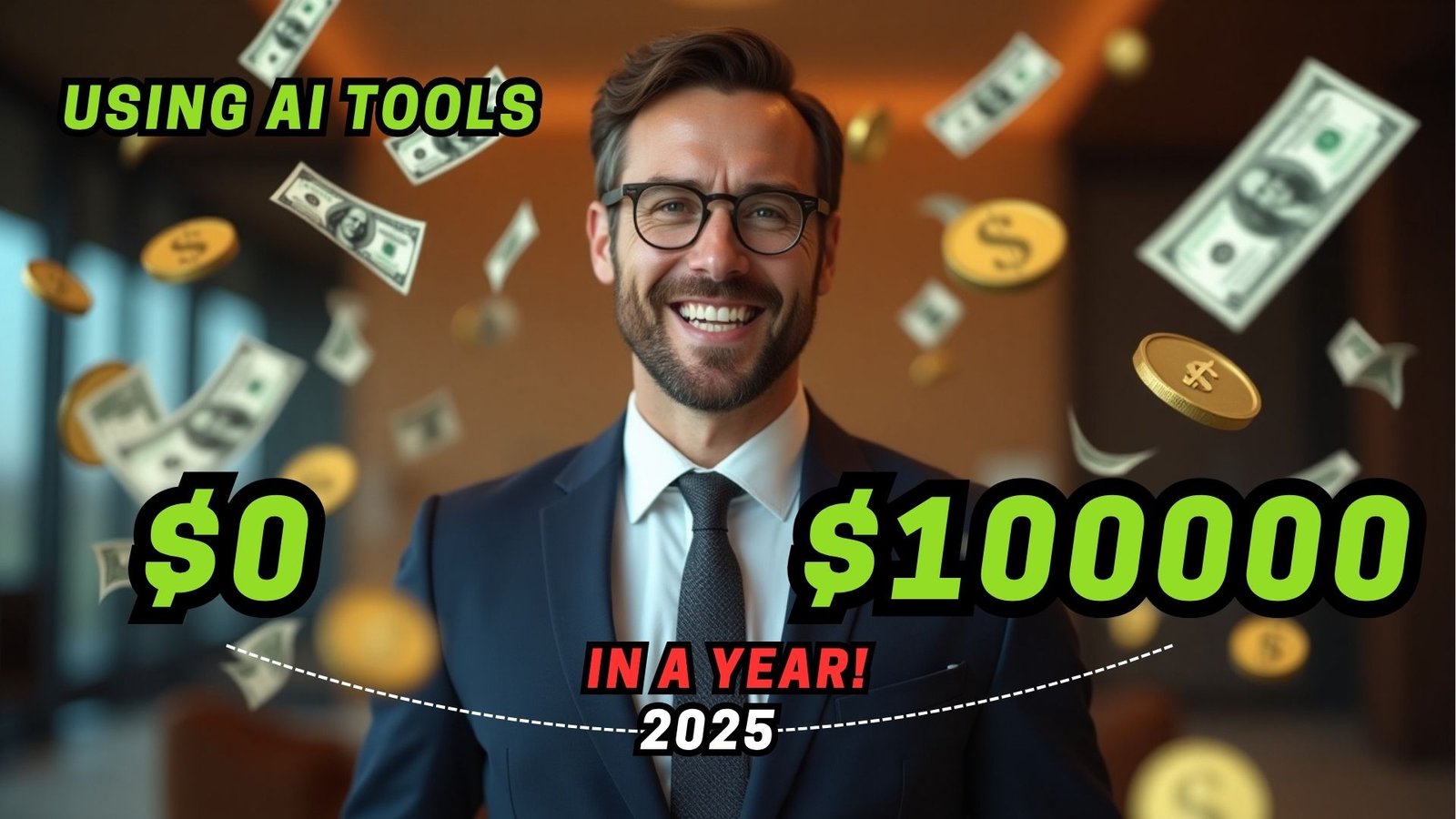The automobile industry is set to go through one of its biggest changes in the next few years. According to a recent report by NITI Aayog, the sector will be completely transformed by 2030. The main forces driving this change include rising demand for safety features, a major shift toward electric vehicles (EVs), and the use of smarter technology in vehicles.
One of the most noticeable trends mentioned in the report is the growing use of Advanced Driver-Assistance Systems (ADAS). These systems include technologies like lane-keeping assist, automatic emergency braking, adaptive cruise control, and more—all designed to keep drivers safer on the roads. In 2020, ADAS was available in about 42% of new vehicles. But things are expected to change quickly. By 2030, nearly 90% of new vehicles could come equipped with these life-saving technologies.

As NITI Aayog stated,
“Advanced Driver-Assistance Systems (ADAS) are projected to rise from 42% of new vehicle sales in 2020 to 90% by 2030, spurred by consumer demand for safety features and regulatory requirements.”
The report also highlighted the future of autonomous or self-driving vehicles. Although these cars are still in the early stages today—present in less than 1% of vehicles as of 2020—that number could rise sharply. By the end of this decade, more than 30% of vehicles may include some form of autonomous driving technology. This will require the integration of advanced sensors, artificial intelligence (AI), and powerful computer systems into vehicles, creating opportunities for both automakers and tech companies.
Another big shift is happening behind the dashboard—software is becoming the brain of the vehicle. Currently, software contributes to only 2% of a car’s total value. But this is set to double to 4–5% by 2030. Cars will no longer just be machines; they will become intelligent, connected devices that can receive updates and improvements through the internet, much like smartphones. With this transformation, the market for automotive software is expected to grow rapidly and reach USD 80 billion in value.

The rise of electric vehicles (EVs) is also changing the way cars are built. Unlike traditional vehicles, EVs rely heavily on new components like electric motors, lithium-ion batteries, and advanced electronics. According to the report, these EV-specific parts will account for nearly half the value of an electric car. That’s a huge shift, which means manufacturers must rethink their production strategies and focus more on innovation and scale.
NITI Aayog explained,
“The automobile industry stands to gain significantly from the shift to electric cars (EVs), since EV-specific parts are predicted to account for about half of the vehicle’s overall value.”
The report also pointed out how crucial it will be for carmakers to partner with tech companies. This collaboration is essential for developing the kind of software, automation, and connectivity features that modern vehicles will need. Companies that are quick to adapt and adopt new technologies will likely stay ahead, while those who are slow to change may struggle to keep up.
In summary, the road to 2030 for the automobile industry is going to be fast-paced and full of innovation. From smarter, safer vehicles to electric mobility and AI-driven systems, the future promises to be cleaner, more efficient, and technology-driven. For companies and consumers alike, this could mean better experiences, safer journeys, and more sustainable ways to move.

Conclusion
As the automobile industry speeds toward 2030, it’s clear that technology will be in the driver’s seat. With safety features becoming standard, EVs taking over traditional engines, and software transforming the very nature of driving, we are witnessing the beginning of a new automotive era. Manufacturers, tech partners, and consumers all have a role to play in shaping this future.
Now we want to hear from you!
What excites you the most about the future of cars—self-driving features, electric power, or smarter technology? Do you think India is ready for this transformation? Share your thoughts and let us know your vision for the cars of tomorrow.
























